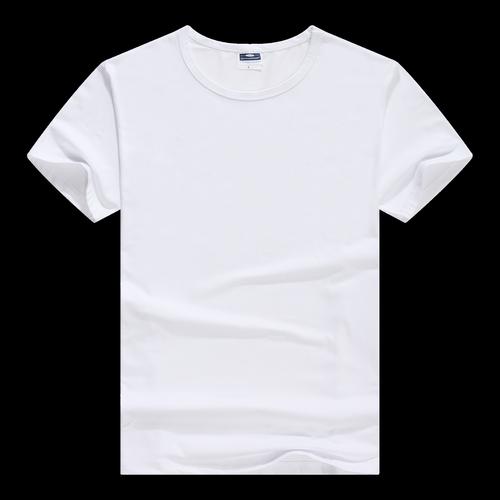Modern clothing production technology is facing some challenges in its continuous development. The following is some exploration of the development and challenges of clothing technology:
Development:
1. Automated production: With the advancement of science and technology, clothing production is gradually developing towards automation. Automation equipment can improve production efficiency, reduce labor costs, and ensure product consistency and quality stability.
2. CAD/CAM technology application: The application of computer-aided design (CAD) and computer-aided manufacturing (CAM) technology makes clothing design and production more accurate and Efficient. Designers can use CAD software to conduct three-dimensional simulation designs and convert them into CAM systems for rapid production.
3. Digital printing technology: Digital printing technology can print patterns directly onto fabrics, avoiding the traditional printing process, saving time and costs, and at the same time It also has higher plasticity and the ability to customize.
4. Intelligent manufacturing: Through the application of technologies such as the Internet of Things, big data, and artificial intelligence, we can realize intelligent and automated control of production links and improve production efficiency. Efficiency and quality management levels.
Challenges:
1. Demand for fast fashion: The rise of fast fashion has brought about the need for rapid product update and delivery, which has Clothing production technology has put forward higher requirements. The compression of production cycles and the improvement of delivery speed have become challenges.
2. Sustainable development: Sustainable development has become one of the important issues of global concern. In clothing production, sustainable issues such as environmental protection, energy saving, and waste reduction need to be solved urgently, which poses new demands and challenges to process technology.
3. Customized demand: Consumers’ demand for personalized and customized consumption is increasing, and the traditional mass production model is difficult to meet this demand. How to achieve individualized and customized production through technical means has become a new challenge.
4. Artificial intelligence’s replacement of traditional craftsmanship: With the rapid development of artificial intelligence technology, it is possible to partially replace traditional human work and have an impact on traditional clothing craftsmanship. The career prospects and skill requirements of teachers have presented new challenges.
In general, the development of modern clothing production technology has brought many opportunities but also faced various challenges. While responding to challenges, continuous innovation, improved technology and flexibility will be the keys to success.






